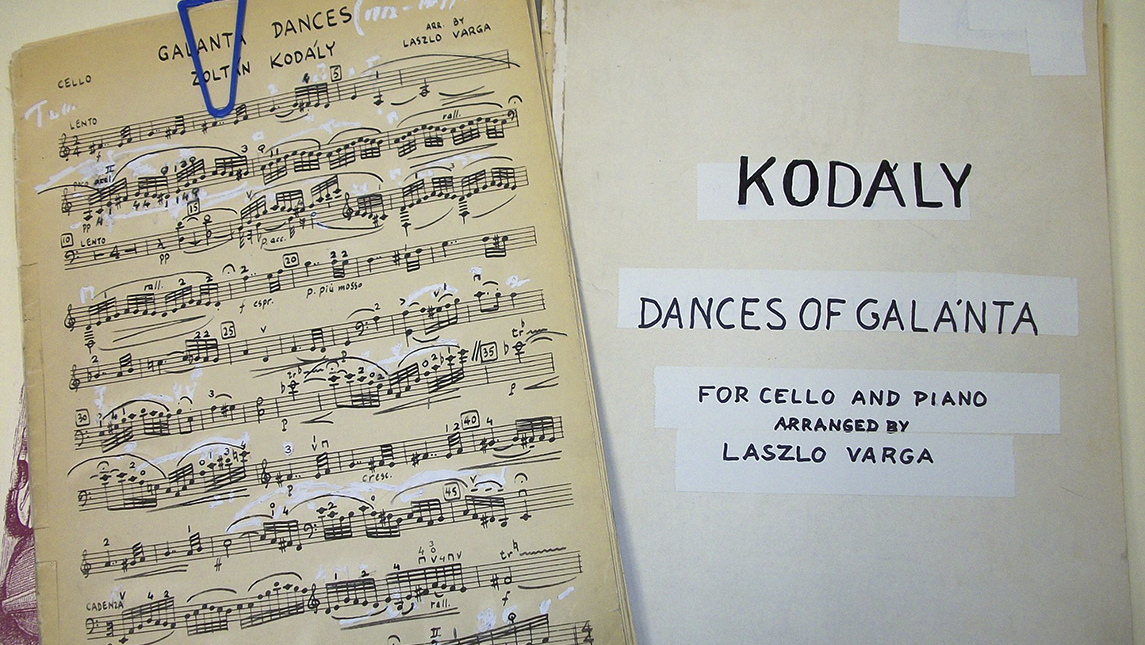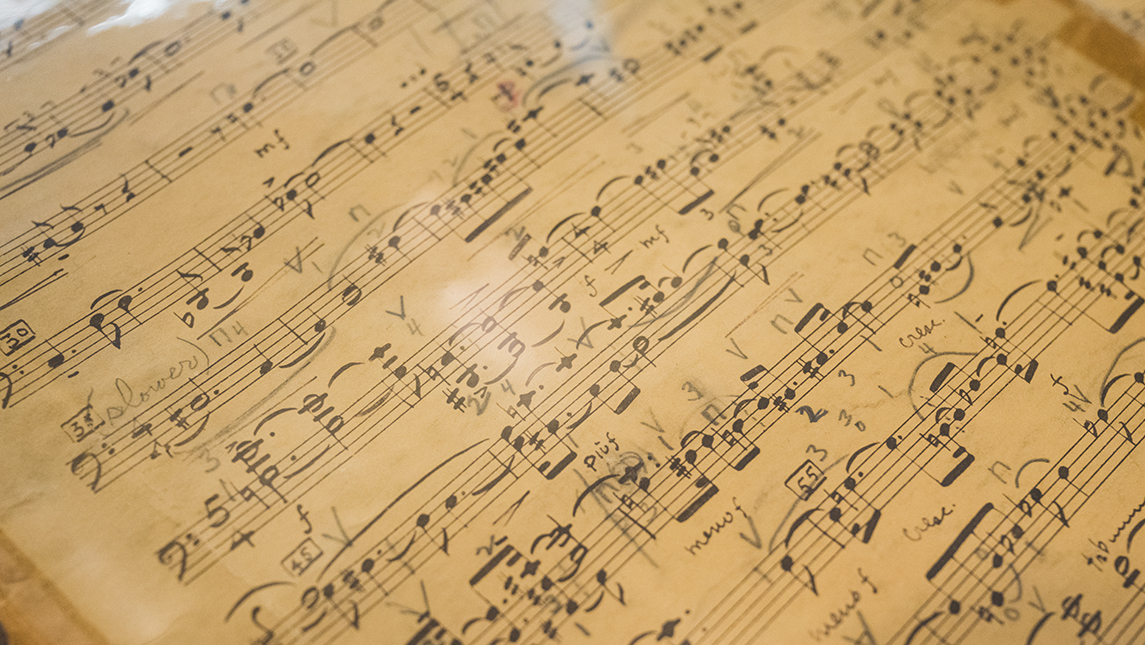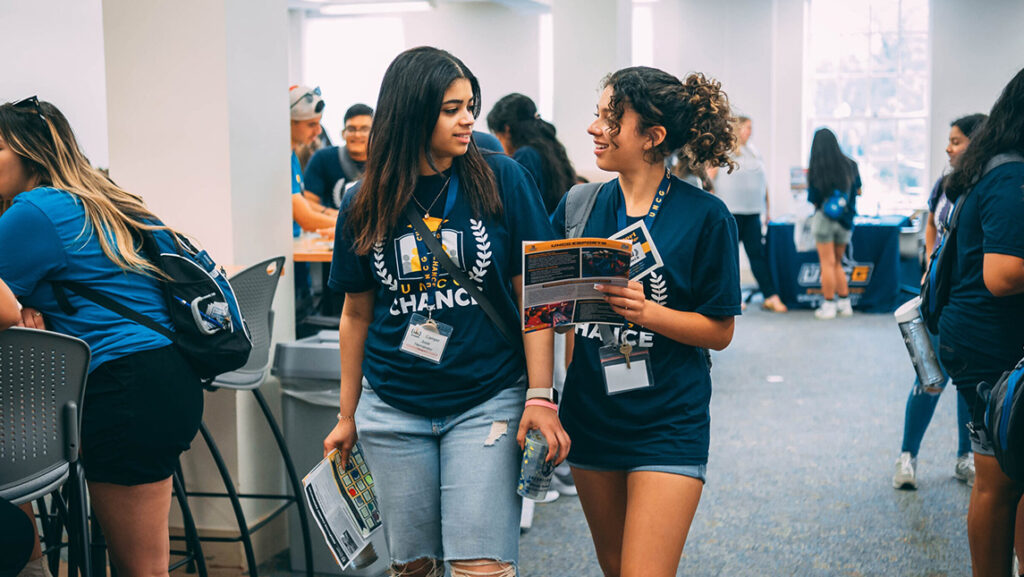UNCG Has the largest single Holding of cello music-related materials in the world.
A handwritten reminder. The faint shadow of a direction erased and then written over. A recommendation for playing a note longer or taking a pause outside the original notes in the score. The creative process of the most renowned cellists of the 20th Century is incarnate and available to the public at UNCG.
The largest single holding of cello music-related materials in the world, the Cello Music Collections at the Martha Blakeney Hodges Special Collections and University Archives at UNC Greensboro is dedicated to acquiring, preserving, and making accessible cello music collections for research and learning.
“If you take the boxes of all of our sheet music and put it side by side, it will go from the front of the library all the way down on College Avenue to the front doors of the School of Music. And that’s just the sheet music,” says Stacey Krim, curator of manuscripts and cello music and assistant professor. “That doesn’t include the personal papers, the recordings and the artifacts.”
Krim and William “Mac” Nelson, cello music cataloger and associate professor, focus on the annotated and manuscript music, penned by the musicians themselves.
“The annotations show you how the musician was putting their fingers on the instruments, how they were moving their bow, how they were performing the piece,” Krim explains. “This is very much a collection showing you the music from the performer’s point of view.”
Their goal: preserve and celebrate the performance of cellists not just in an audio or video recording, but through their personal papers and performance notes – perhaps the most authentic and unique insight into the musicians themselves.
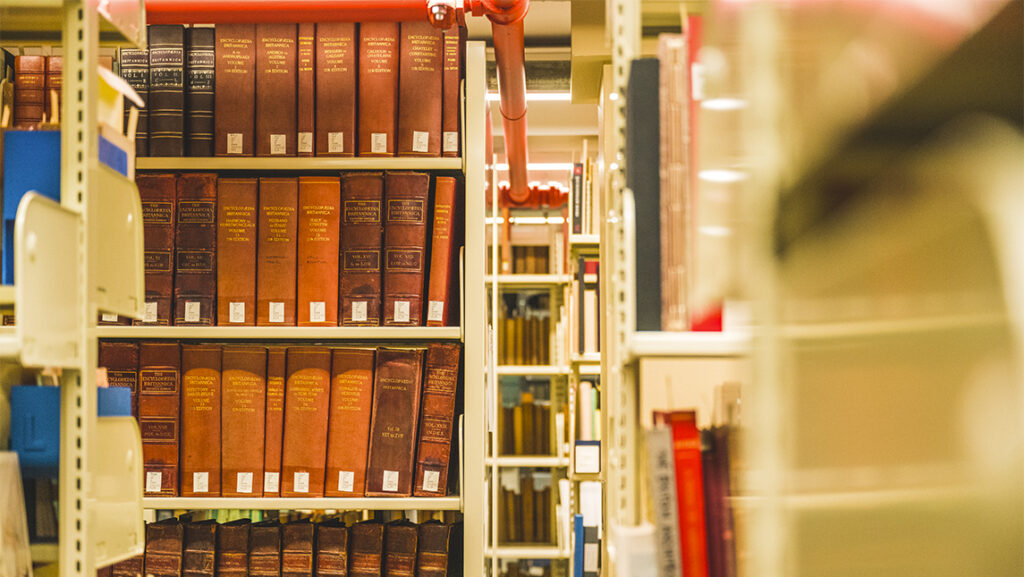
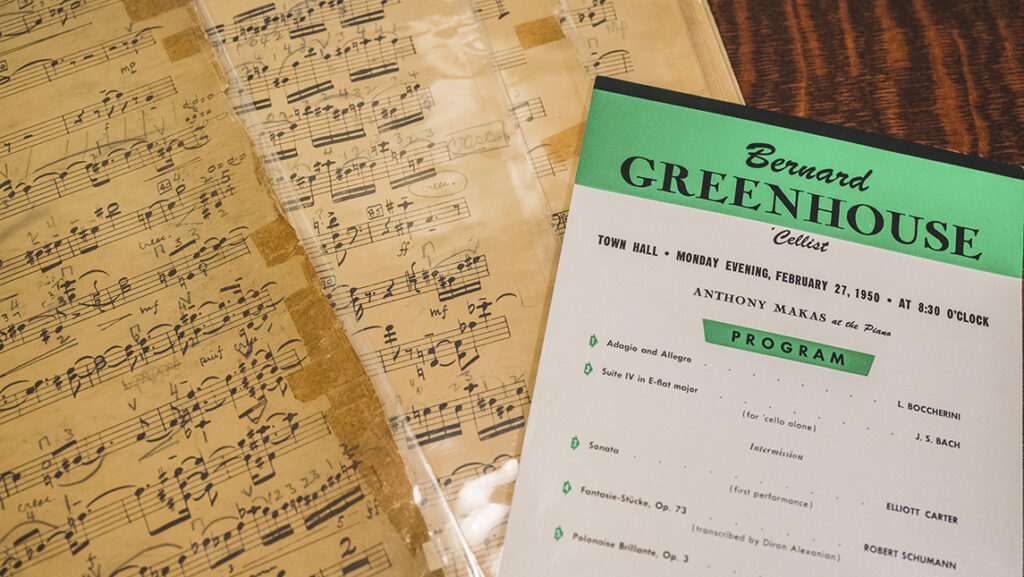
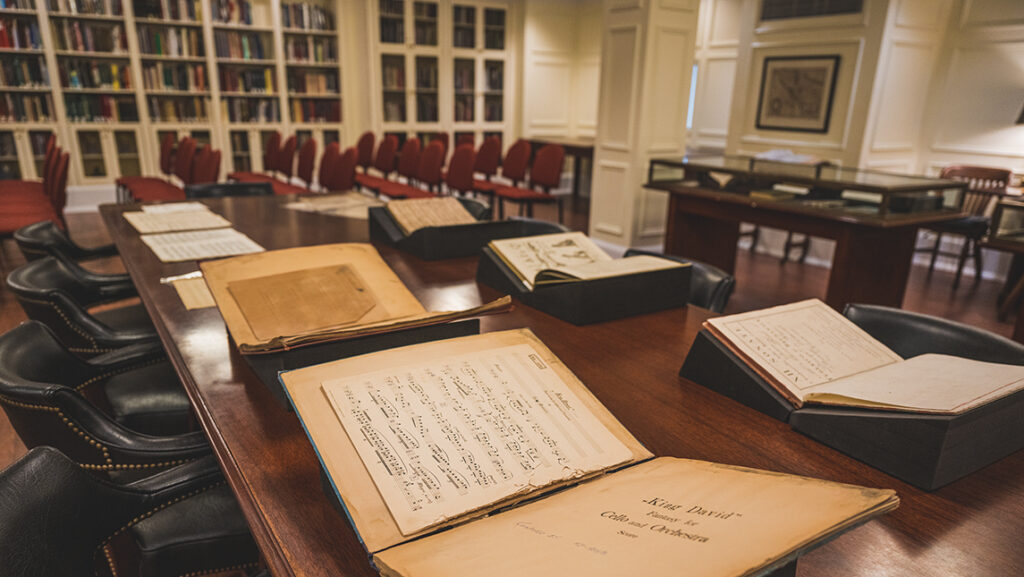
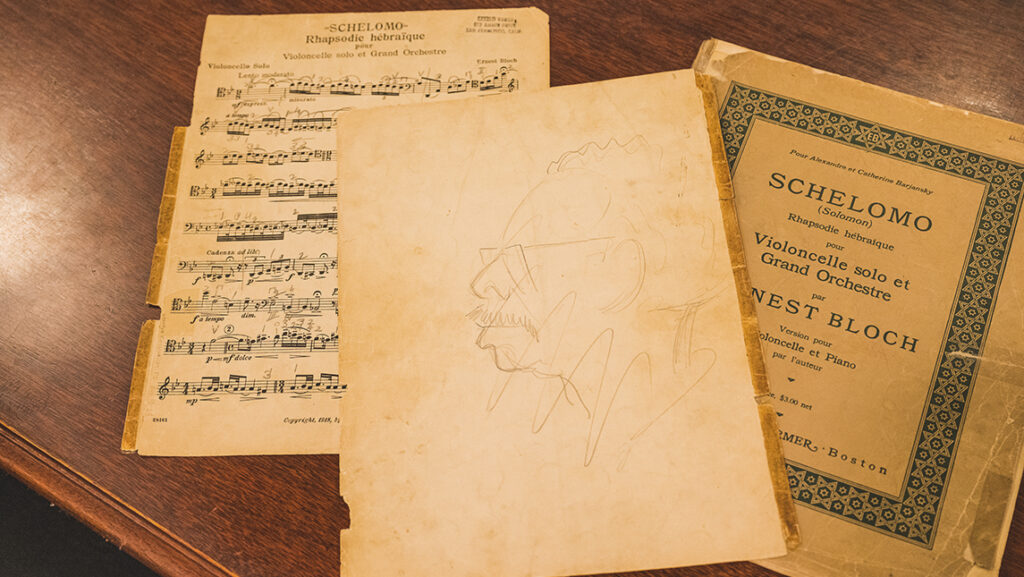
Introduction
The collection began in 1963 with faculty member Dr. Elizabeth Cowling. A cellist and a historian, she taught music history and wrote what was considered to be the definitive biography on the instrument in the English language at the time of its publication, The Cello.
“While she researched her book, she realized there was no centralized archive for the cello,” Krim says. This ignited the spark and vision for UNCG to become the archive for cello history and research.
With the help and funding of the Friends of the Library, UNCG acquired the collection of Italian cellist Luigi Silva. It includes 1775 music scores, 13 boxes of archival materials, books and periodicals, along with his copious notes on technique and the rough drafts of his projected history of the cello.
It would be the only cello collection paid for by the university.
Cellists began to donate or bequeath their collections to be considered in the same breath with Silva. Soon the collection would boast other famous names including János Starker, Lynn Harrell, Bernard Greenhouse, László Varga, and Margaret Rowell.
Exposition
With the cellists’ collections came not just music and creative process, but the history of the cellists and their experience.
“We inherited this musical wealth by the immigration of great musicians out of Europe during WWII and later political instability,” Krim explains. “We have three Holocaust survivors represented in our collection. Lev Aronson’s collection includes some pieces that date around the time of World War II.”
Two of the pieces are signed with his concentration camp number, which was also tattooed on his arm.
“Some pieces of the sheet music referenced forced marches that would’ve been pieces he composed to raise morale in camps after the war before he immigrated to the United States,” Krim says. “Even if you do not know how to read the music, when you see his compositions and you see that he signed them with his number, not his name, you understand what that means.”
Others from that era include the oral history of Hungarian cellist and Holocaust survivor Laszio Vargo, and the collection of Fritz Magg, the solo cellist of the Vienna Symphony, who immigrated to the United States when the Nazis invaded Austria and he refused to join the Nazi Party. Donated by his widow, The Magg Collection includes his performance annotations of 32 Bach editions of unaccompanied cello suite – reflecting his passion for studying and teaching Bach.
“There are the magnificent stories behind every single musician in the collection,” says Krim. “You have the music, but you also have the story behind the music. Sometimes it’s hard to give tours of a collection because if I start telling stories I know I’m not going to make it through everything!”
Recent additions to the collection are women cellists: Margaret Rowell and Marion Davies, one of the first women to be a principal cellist in major orchestras in the U.S.
“The cello is traditionally considered a very masculine instrument because it is a lower toned instrument and you have to straddle it,” Krim says. “So for a very long time, we didn’t have very many women, because of that bias.”
Krim hopes to expand the collection of women cellists to make the Cello Collection more inclusive.
Coda
Krim and Nelson are dedicated to the immense work of cataloging, digitizing and preserving the massive collections. To-date, the collection includes the papers of 25 cellists including two Grammy winners – American Lynn Harrell and Hungarian-American Janos Starker.
“We feel like the cellists in our collection are alive and still teaching,” jokes Krim. “Each collection represents a different performer. Many people assume audio or video recording may be exclusively the best way to preserve music. However, recording formats have become obsolete and are very costly to preserve. Also, there is no recording format that is 100% true to the performer’s experience. Video does not keep the focus on how the musician is performing, instead the cameras will pan away to the audience or the musician’s face.”
“The annotated sheet music itself is recording what the musician is doing the entire time,” continues Krim. “The sheet music represents the performance. It is a historic record of the music from the performer’s experience. Paper is the best medium for this historic record, even when it comes to sounds.”
The Cello Music Collection is open to the public and visitors are welcome and encouraged to set up a tour. Krim and her colleagues are there to assist and guide. The vast collection is partially digitized, a perhaps infinite project given the sheer volume of materials for each of the 25 cellists.
“Don’t be intimidated by the collection and please visit,” Krim offers. “You’ll see the creative process of documents from the 1700s. You’ll see where a musician chose to erase a particular way of performing something and then rewrite it. You’ll see how some of the best cellists in history played their music, and the unique choices they made in their performances.”
Story by Alice Manning Touchette
Photography by Sean Norona, University Communications
